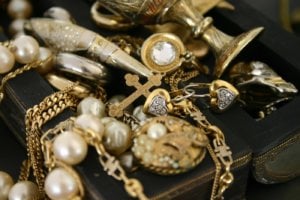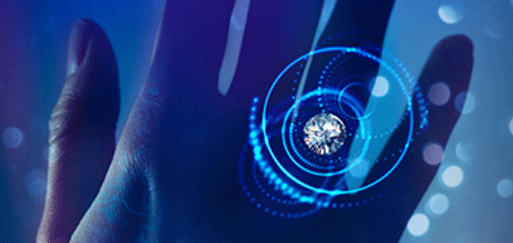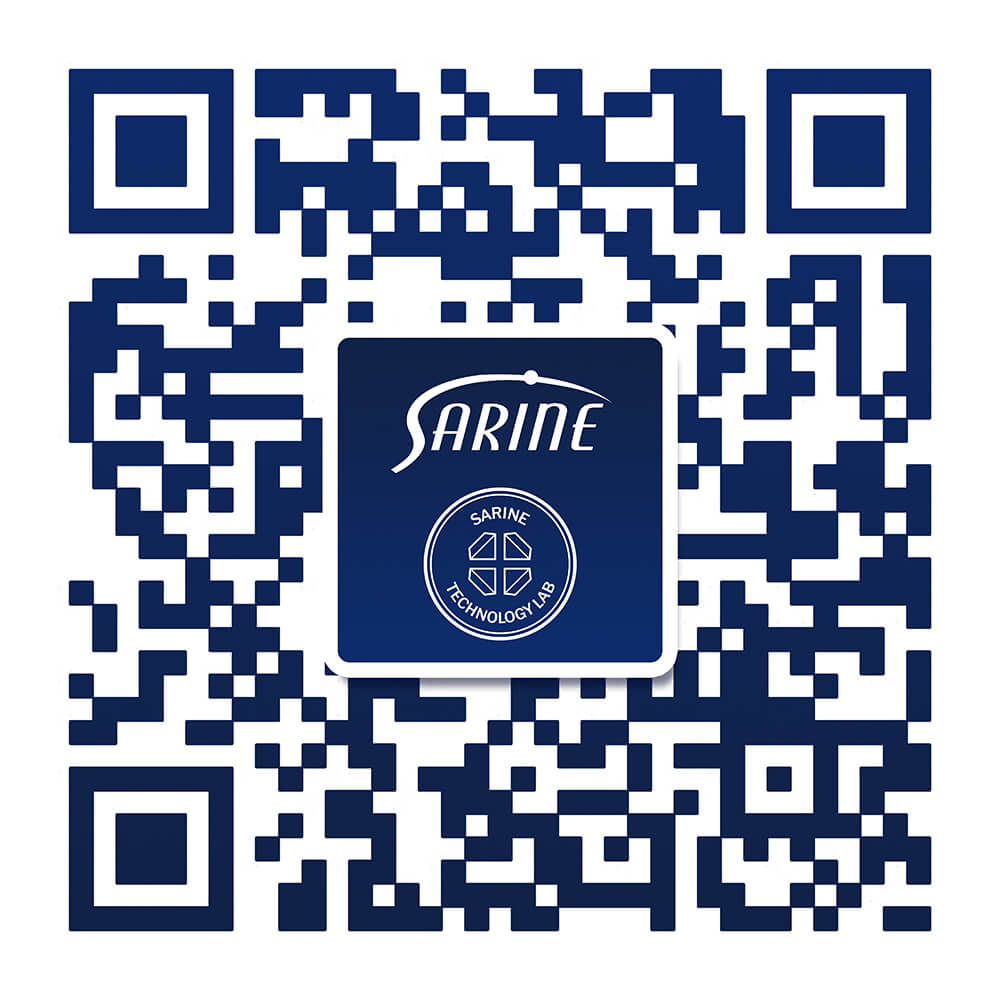“A Diamond is Forever”. Arguably one of the most famous and successful advertising campaigns in history set the highest of standards for this valuable gemstone. Scientists now believe there are a quadrillion tons of diamonds buried in the earth, and outer space is swarming with diamonds. Each year, approximately 133 million carats of rough diamonds are produced. Yet of every 1000 polished diamonds, only one will be larger than 1 carat.
Diamonds may seem out of reach, yet they are all around us.
Consumers own a total of $1 trillion worth of jewelry goods, and more than $80 billion of diamond jewelry is sold each year. Even so, a diamond doesn’t necessarily mean forever. For many reasons, people feel the need to part with their diamond. It may be due to the dissolution of a marriage, financial difficulties, death, or even the desire to upgrade to a larger stone. Regardless, these diamonds now need a new place to call home.
The exact value of the diamonds and jewelry that are sold back to vendors or enter the second-hand market each year is unknown, although it is believed to be in the many millions. The abundance of diamonds making their way back into the market is the basis of a lucrative second-hand diamond business that is constantly growing. Let’s take a look at a few ways that second-hand diamonds are bought and sold.
Recycling diamonds
For an eco-conscious generation, buying second-hand or “recycled” diamonds is an environmentally friendly way to purchase jewelry. Second-hand jewelry may be outdated in style and hard to resell. Therefore, the jeweler will melt the metal and have the diamond or gemstone recut and reset into a more saleable jewelry piece.
One of the issues that arises with the purchase of recycled diamonds is that of traceability. Unless a diamond retains its original antique cut, it is very difficult to trace the provenance of the diamond, its age and history. This also makes the process of understanding the pricing of a recycled diamond difficult for the lay consumer. Recycled diamonds can be sourced from pawn shops, estate sales, jewelers holding second hand stock, and diamond sellers specializing in the recycled diamond trade.


Booming online trade
In recent years, there has been a boom in online purchases of diamonds and jewelry. In fact, it is believed that in the coming years, Amazon will sell more diamonds than traditional jewelry retail stores. A similar trend is evident in online trading of recycled jewelry, diamonds and gemstones.
A slew of marketplace websites specializing in second-hand jewelry have come to the fore, offering secure payment platforms, verified valuation processes, and seller protection policies to prevent fraud and theft. Sites such we Worthy.com and IdoNowIdont are examples.
A place for vintage nostalgia
The trend of antique and vintage diamonds and jewelry has remained strong in recent years. Heirloom jewelry is making a comeback, spurred by the nostalgic impulses of the millennial generation. Antique and vintage styles are a way to express individuality in jewelry choices. They are one-of-a-kind pieces, far removed from the mass styles available in chain stores. This trend for vintage nostalgia is driving the second hand market, with buyers scouring estate sales, websites, pawn shops, antique dealerships and auction houses for unique styles. Often, the buyer will wear the piece as is, only repairing or replacing worn clasps. In many instances, the buyer will commission a jeweler to repurpose the diamond, gemstone or other design elements, retaining the vintage charm of the piece while bringing the entire look up to date. Either way, the antique diamond holds a unique history and nostalgic story that sets it apart from the rest.
The benefits of the second-hand diamond market are clear. Sellers receive a better price for their no-longer-needed stone, consumers get a discount on a beautiful diamond, and all parties contribute to the environmentally friendly practice of recycling. And a strong second-hand market strengthens the perception of the diamond as an everlasting jewel that will retain its emotional and financial value over time. A win-win for all.




-1.jpg?width=310&name=blog_image%20(003)-1.jpg)





